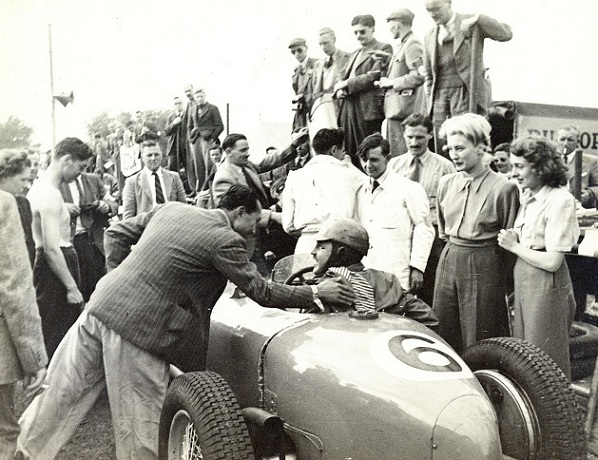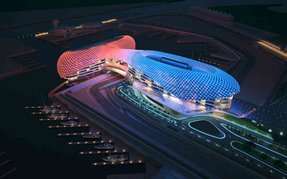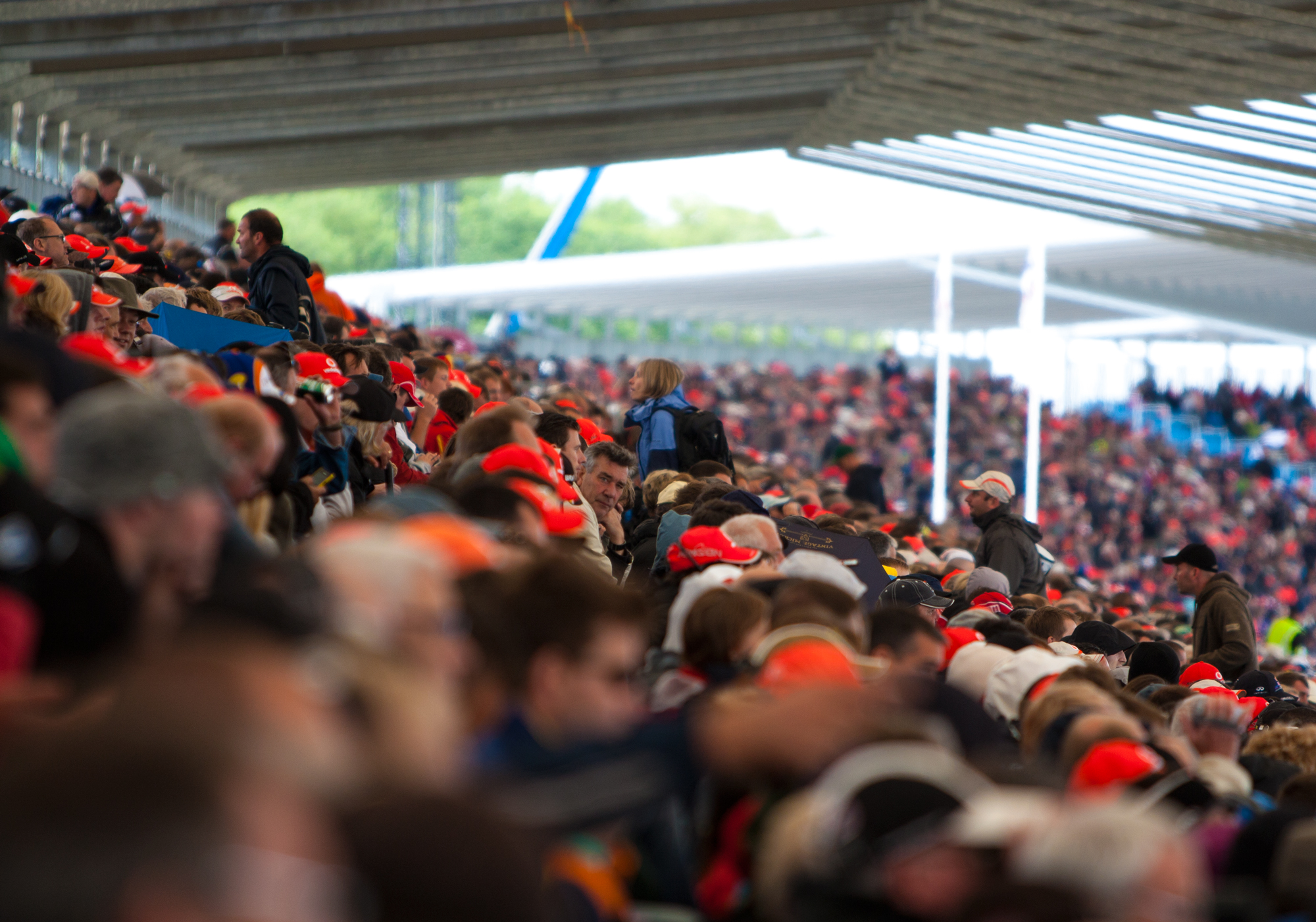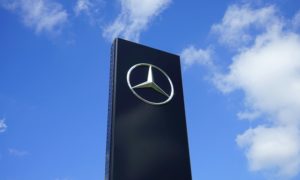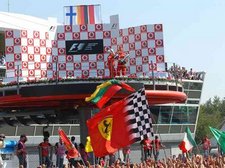 Round 13 of the 2009 FIA Formula One World Championship takes the Formula One circus to the outskirts of Milan for the Italian Grand Prix.
Round 13 of the 2009 FIA Formula One World Championship takes the Formula One circus to the outskirts of Milan for the Italian Grand Prix.
The 53-lap race is staged at the 5.793km (3.600-mile) Autodromo Nazionale di Monza and marks the end of F1’s European season ahead of the final flyaway races in Singapore, Japan, Brazil and Abu Dhabi.
All eyes will be on Italian veteran Giancarlo Fisichella as he climbs into a Ferrari cockpit for the first time, while Jenson Button will desperately be seeking a return to form as he defends his championship lead from teammate Rubens Barrichello and the Red Bull drivers.
McLaren will also be right in the mix with their KERS advantage at this high-speed circuit.
Indeed, Monza is the oldest and fastest track on this year’s calendar. The circuit was built in 1922 and since the inception of the World Championship in 1950 has staged the Italian Grand Prix every year with the exception of 1980.
The original 45-degree banking at either end of the pit straight has not been used by F1 cars since 1961, but the circuit remains a temple of speed, with four long straights where the cars will reach top speeds of 340kph (211mph). Average lap speeds are expected to be in excess of 250kph (155mph)
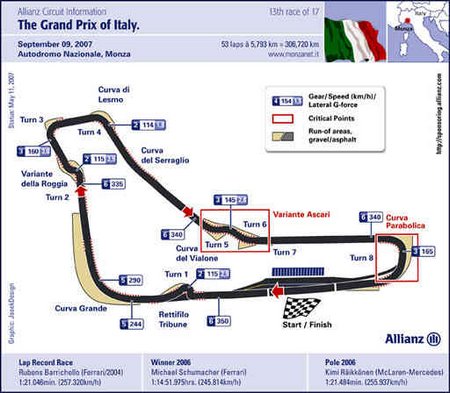
Circuit Statistics
- Circuit Length: 5.793km
- Race Distance: 306.720km
- Winner 2008: Sebastian Vettel – Toro Rosso
Circuit Guide
[youtube]https://www.youtube.com/watch?v=b3PZO6MDgMI&feature=PlayList&p=62A7DCA1926E2E00&index=28[/youtube]
What the drivers say:
Lewis Hamilton “Since we no longer test at Monza before the Santander Italian Grand Prix, it will take the drivers a bit of acclimatisation to get used to running in low downforce at this high-speed circuit. It s a real challenge to get the set-up right because there s never an ideal compromise between speed along the straight and through the corners.
It s never easy to keep the car on the track because it slides all the time: at most tracks, you feel like the downforce is sticking you to the track at high speeds but not at Monza, it s like you are skating across the surface. But it s a fantastic circuit our car has traditionally gone well there so I am looking forward to another competitive weekend.â€
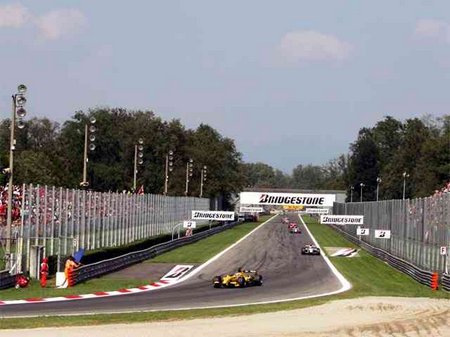
Robert Kubica: “The Monza track is a very special one. As it is the quickest track on the calendar, the car s downforce level will be reduced even more compared to Spa-Francorchamps. Traditionally our cars are quite quick on low downforce tracks and our performance was already good at Spa. I have a good feeling for Monza and I am looking forward to the race as I expect a lot of Italian fans to show up there.â€
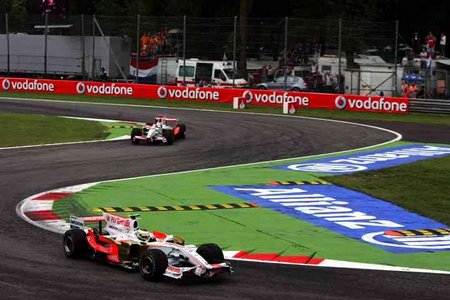
Heikki Kovalainen “I ve scored points in the last four races and can see no reason why we shouldn t be contenders for more points at Monza next weekend. I love the place: I ve won there in GP2, finished in the points in both my Formula 1 outings and I think our car will be reasonably well suited to the circuit.
Like every team, we ll be running a special low-downforce aero package in Italy but we ll also have the benefit of using KERS along the straights, which should give us a greater advantage over a single lap, especially in qualifying, where it will be extremely valuable. It should be fun!â€
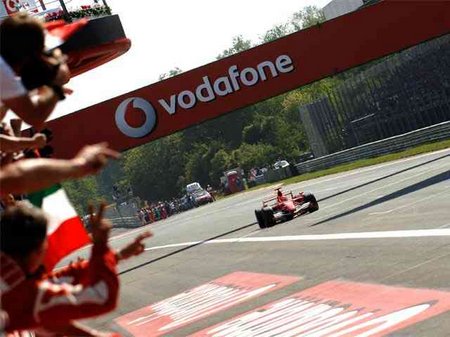
Nick Heidfeld: “The speed we had at Spa-Francorchamps with lower downforce gives us hope that we could do even better at Monza with even less downforce. However, the cars equipped with KERS will probably have a considerable advantage over the long straights of this high-speed circuit. I really like the atmosphere at the Italian Grand Prix. As well as all the Italians at the track, a lot of fans will also come over from Switzerland to support us.â€
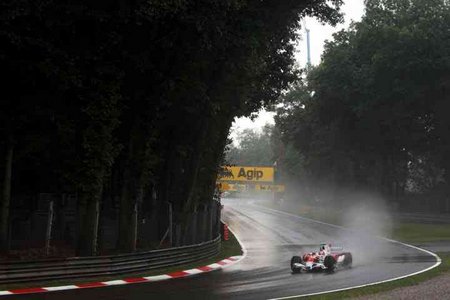
MONZA – THE TECHNICAL CHALLENGE
The emphasis at Monza is on engine power and aerodynamic efficiency. As a result, the team will run a special low downforce aero package, which produces 30 percent less grip than the high downforce generated at the slowest circuits on the calendar.
From a set-up point of view, the most demanding aspects of the lap are slowing the cars from high speed and getting the power down at the exit of the corners. The introduction of the standard Electronic Control Unit this year has had a big impact in both areas of performance, so a good car balance is vital in low downforce trim in order to be quick. The cars also run higher ride heights at Monza to allow the drivers to use the kerbs at all three chicanes.
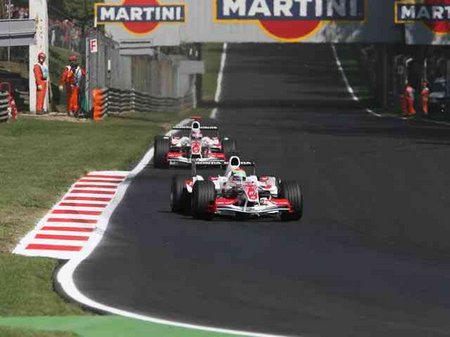
There are two key corners on the lap: Lesmo 2 and Parabolica. Both are followed by long straights and the drivers need to get the power down before the apex of each turn to ensure a clean exit.
Full throttle: 75%
Brake wear: Medium
Downforce level: Low – 1/10
Tyre compounds: Medium / Hard Tyre usage: Low
Average speed: 250kph (155mph)
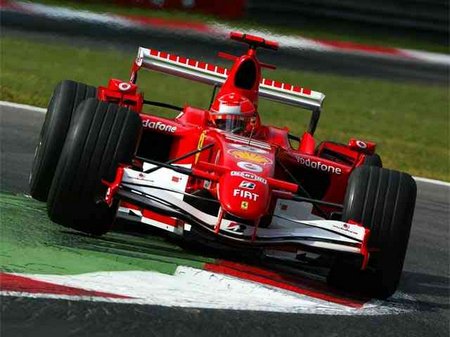
Technical Insight with BMW Sauber’s Willy Rampf: “Monza is the last genuine high-speed track left on the calendar. The four long straights mean we run the cars with less downforce here than at any other race. However, the new aerodynamics regulations mean the difference between this and other circuits will not be quite as great as before. The task of the drivers and engineers is to give the cars a mechanical set-up which ensures good braking stability and allows the kerbs to be taken aggressively, as this is essential in setting a fast lap time.†Drivers eye
Buy: Italian Grand Prix tickets


